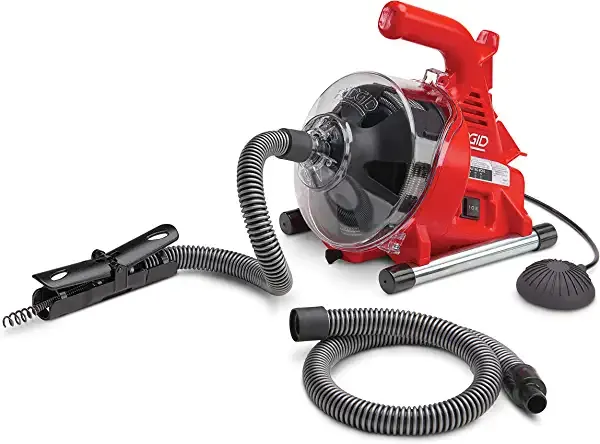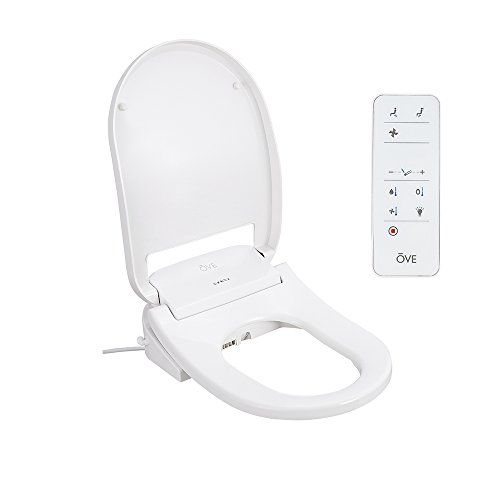How To Clean A Wood Toilet Seat of 2025
Are you grappling with how to clean a wood toilet seat without damaging it? Our guide breaks down the process into easy steps, making the task less daunting than ever. Understanding the nuances of wood care can prolong the life of your toilet seat and ensure your bathroom remains a haven of cleanliness. Dive in to keep your bathroom environment clean, hygienic, and inviting."
Overview
Cleaning a wood toilet seat involves factors like the type of wood, suitable cleaning agents, frequency of cleaning, and maintenance practices. Different types of wood react differently to various cleaning solutions, making it essential to understand what works best for your toilet seat. The frequency of cleaning and the use of suitable maintenance practices contribute to extending the toilet seat's lifespan. With the right knowledge and techniques, you can ensure a clean and hygienic bathroom.
Type of Wood:
The type of wood your toilet seat is made from significantly affects how you clean it. For instance, hardwood seats like oak or mahogany require special care compared to softer wood types. Hardwood toilet seats have a higher resistance to water and cleaning agents, allowing for more robust cleaning routines. However, softer woods like pine can be damaged by harsh chemicals and excessive water, requiring gentle cleaning. Understanding your wood type is crucial for maintaining its quality and durability."
Suitable Cleaning Agents:
Choosing the right cleaning agent for your wood toilet seat is essential to preserve its integrity and shine. Natural cleaners like vinegar and baking soda are often preferred due to their gentleness on wood surfaces. On the other hand, harsh chemical cleaners may cause discolouration and damage the wood's surface. Always opt for pH-neutral cleaning agents to ensure your wood toilet seat stays in top-notch condition. Additionally, avoid using bleach as it can lighten the wood's color and degrade its quality over time.
Frequency of Cleaning:
Cleaning frequency plays a crucial role in maintaining a hygienic and pleasant bathroom environment. Ideally, you should clean a wood toilet seat at least once a week to prevent buildup of germs and dirt. More frequent cleaning might be necessary in high-usage environments, such as a family bathroom. However, excessive cleaning can also wear down the wood finish and decrease its lifespan. Balance is key to ensure proper hygiene without compromising the quality of the seat.
Maintenance Practices:
Proper maintenance practices go beyond regular cleaning when it comes to wood toilet seats. Ensuring the toilet seat is dry after cleaning is crucial to prevent water damage and mildew growth. Applying a protective layer of wood polish or wax can help preserve the seat's finish and protect it against moisture. Avoiding abrasive scrubbing tools is also key to prevent scratching and damaging the wood surface. Regular inspection for signs of wear or damage can help you address issues early, prolonging the life of your wood toilet seat."
-
Q: What is the best way to clean a wood toilet seat?
A: The best way to clean a wood toilet seat involves using gentle, pH-neutral cleaning agents like vinegar or mild soap. Make sure to scrub lightly to avoid scratching the wood. After cleaning, ensure the seat is thoroughly dried to prevent water damage and mildew growth.
-
Q: Can I use bleach to clean a wood toilet seat?
A: While bleach is effective at killing germs, it's not recommended for wood toilet seats. It can discolor the wood and degrade its quality over time. Opt for natural cleaners or mild, wood-safe commercial cleaning agents instead.
-
Q: How often should I clean a wood toilet seat?
A: Ideally, a wood toilet seat should be cleaned at least once a week. This frequency may increase in high-usage bathrooms. However, balance is key as excessive cleaning can wear down the wood finish.
Q: What maintenance practices are necessary for a wood toilet seat?
A: Regular drying after cleaning, applying a protective layer of wood polish or wax, avoiding abrasive scrubbing tools, and inspecting for signs of wear or damage are essential maintenance practices. They help to prolong the life and maintain the appearance of your wood toilet seat.
-
Q: Can the type of wood affect how I clean my toilet seat?
A: Yes, the type of wood can impact your cleaning approach. Hardwood toilet seats can tolerate more robust cleaning routines than softer woods, which require gentle cleaning. Understand your wood type before deciding on the cleaning routine.
Knowing how to clean a wood toilet seat can ensure that your bathroom remains hygienic, and your toilet seat lasts longer. The process involves understanding the type of wood, using suitable cleaning agents, determining the right cleaning frequency, and following proper maintenance practices. Regular cleaning and proper care can significantly extend the lifespan of your wood toilet seat, ensuring it continues to provide comfort and aesthetic appeal. Ultimately, knowing how to clean a wood toilet seat effectively and safely ensures that it remains a durable, clean, and stylish addition to your bathroom.








.jpg)








